33 Totally Creepy Facts About Spiders That Will Give You Goosebumps
As if you weren't scared already!
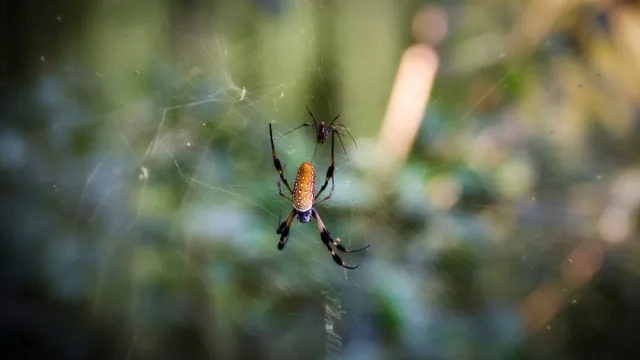
You could read hundreds of stories about how gentle and friendly spiders really are, but the minute you come across one, you'll probably still scream in terror. After all, nothing about a creature with fangs and poisonous venom is ever going to seem totally harmless. Still, it's better to know your enemy than to face it in the dark, right? So arachnophobes, read on for dozens of creepy yet helpful facts about spiders.
1
"Spider rain" is not just a myth.

A few years ago, Australian residents reported seeing millions of spiders seemingly falling from the sky. That wasn't the first time "spider rain" happened, nor will it be the last.
Rick Vetter, a retired arachnologist, explained that this "rain" is actually just one of the methods spiders use to get around. "Ballooning is a not-uncommon behavior of many spiders," he told LiveScience. "They climb some high area and stick their butts up in the air and release silk. Then they just take off. This is going on all around us all the time."
Typically spiders balloon separately, but in certain weather conditions, a large bunch of them will make their move all at once, thus creating the "spider rain" phenomenon. Yikes!
2
One species of spider has impeccable hearing… even without ears.

Evidently, you don't need ears to be able to hear. One species of jumping spider called Phidippus audax uses specialized hairs that detect particle movement. As a result, they can "hear" from at least 10 feet away, according to one study published in Current Biology. And this is just one of the arachnid's many strengths. The creepy crawler also has superb sight, vibration perception, and the ability to jump up to 50 times its body length.
3
Spiders can survive in space.

If you thought that relocating to Mars would put you at a safe distance from spiders, think again. NASA has shown via several experiments that orb-weaving spiders are able to adapt to life on the International Space Station. Recently, they even found that jumping spiders can successfully survive without gravity.
4
Female red widows often cannibalize their male partners.
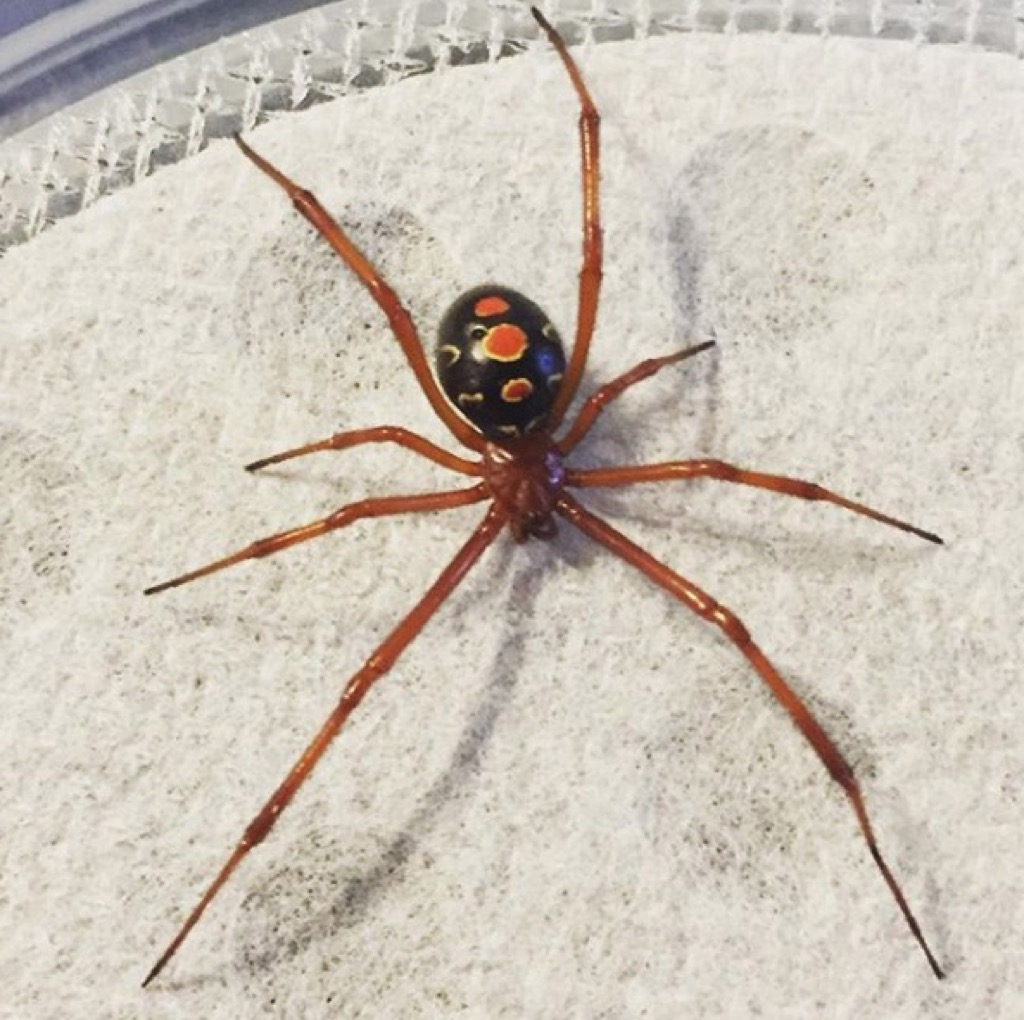
Red widows tend to show their affection for one another in a rather… unique manner. Michael Miller, an animal keeper at the Smithsonian's National Zoo, told Smithsonian Insider that it is not uncommon for the male red widow to force feed himself to his female partner "by placing himself into her mandibles." Even creepier, the reason why the spiders do this is still greatly up for debate.
5
American tarantulas use their hairs as a defense mechanism.

Tarantulas might look soft to the touch, but trust us, you don't want to reach out and give them a pet. Ninety percent of New World tarantulas—or those found in North and South America—have several different types of urticating hairs, which can become irritatingly embedded in the skin when the spider feels threatened.
6
People who are afraid of spiders tend to overestimate their size.

When researchers from Ben-Gurion University analyzed individuals' size perception of various animals both loved and loathed, they found that "highly fearful participants overestimated the spider size." The study showed that emotions—and more specifically, fear—can influence a person's perception of relatively objective traits, like size. As if being afraid of spiders isn't bad enough, now you're also growing them in your mind!
7
Larger cities create larger spiders.
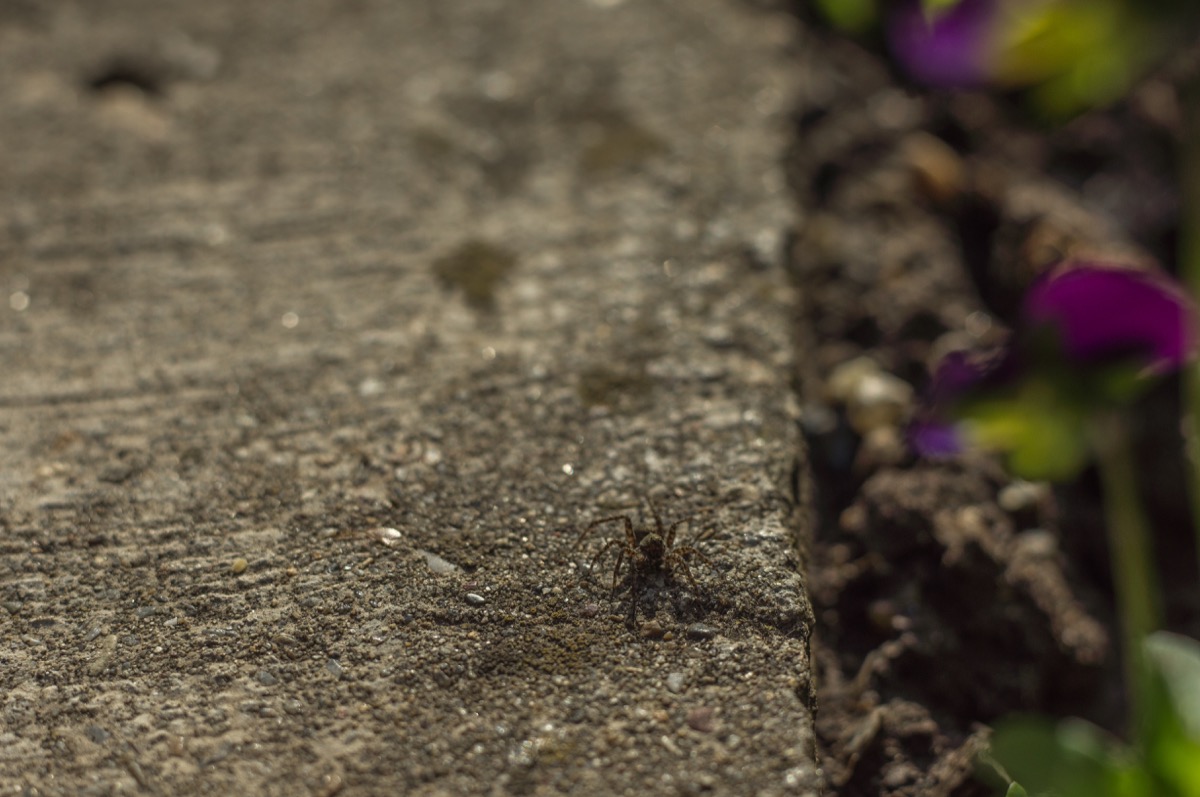
Cockroaches and mice aren't the only creepy critters you have to worry about in the big city. Per one Australian study, certain types of spiders like Nephila plumipes are not only more abundant in urban spaces, but they also tend to grow bigger in highly populated areas with hard, concrete surfaces and little vegetation.
8
Some spiders prefer to travel in groups.

Most arachnophobes are able to take solace in the fact that spiders are rather solitary. (After all, one tiny spider is no match for a giant human shoe.) But that's not always the case. As many people have had to find out the hard way, certain species—like Anelosimus eximius—are much more social, and they prefer to form giant colonies with giant communal webs. No thank you!
9
One species of spider makes a purring sound to serenade its mate.

If you're in the right place at the right time—or wrong place at the wrong time, depending on how you look at it—you might just hear a slight purr coming from a Gladicosa gluosa. This species of spider uses vibrations to court its mate. And while they can't actually hear anything, the vibrations produce a soft purring sound that can be heard by humans. Lucky us.
10
The black widow's venom is dangerously potent.
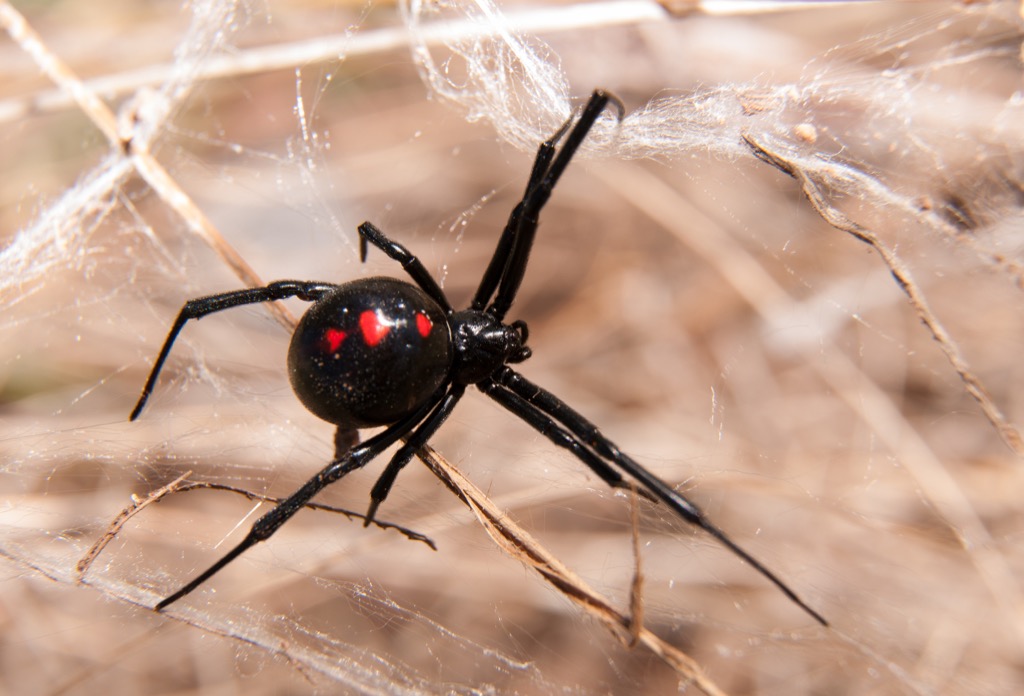
With venom that's 15 times more forceful than that of a rattlesnake, the black widow is the most dangerous spider in North America. The (slightly) good news? Though the compact arachnid is highly harmful, most people who are bitten only experience things like muscle aches and nausea rather than death.
11
Spiders are everywhere.

Spiders reside on every continent, except for Antarctica—and if you go there, you risk freezing to death. Pick your poison!
12
There is a spider in three out of every four bedrooms.

When researchers from the Department of Entomology at North Carolina State University analyzed about 50 houses, they found spiders in every single one. More specifically, 68 percent of the homes had spiders crawling around their bathrooms and more than 75 percent had eight-legged visitors in their bedrooms. Why? WHY?!
13
The world's largest spider had legs as long as a Subway sandwich.

In April 1965, researchers on an expedition at Rio Cavro, Venezuela came across what ended up being deemed the world's largest spider. The male Goliath bird-eating spider, or Theraphosa blondi, had massively long legs that were measured to be 28 centimeters—just 1 inch shy of a five-dollar footlong. And yes, we're sorry for ruining your sandwich.
14
There are tens of thousands of spider species out there.

Well, discovered species at least. According to LiveScience, nearly 40,000 types of spiders currently roam the earth—but scientists believe that there are just as many species out there waiting to be uncovered.
15
Spiders can't digest solid food.
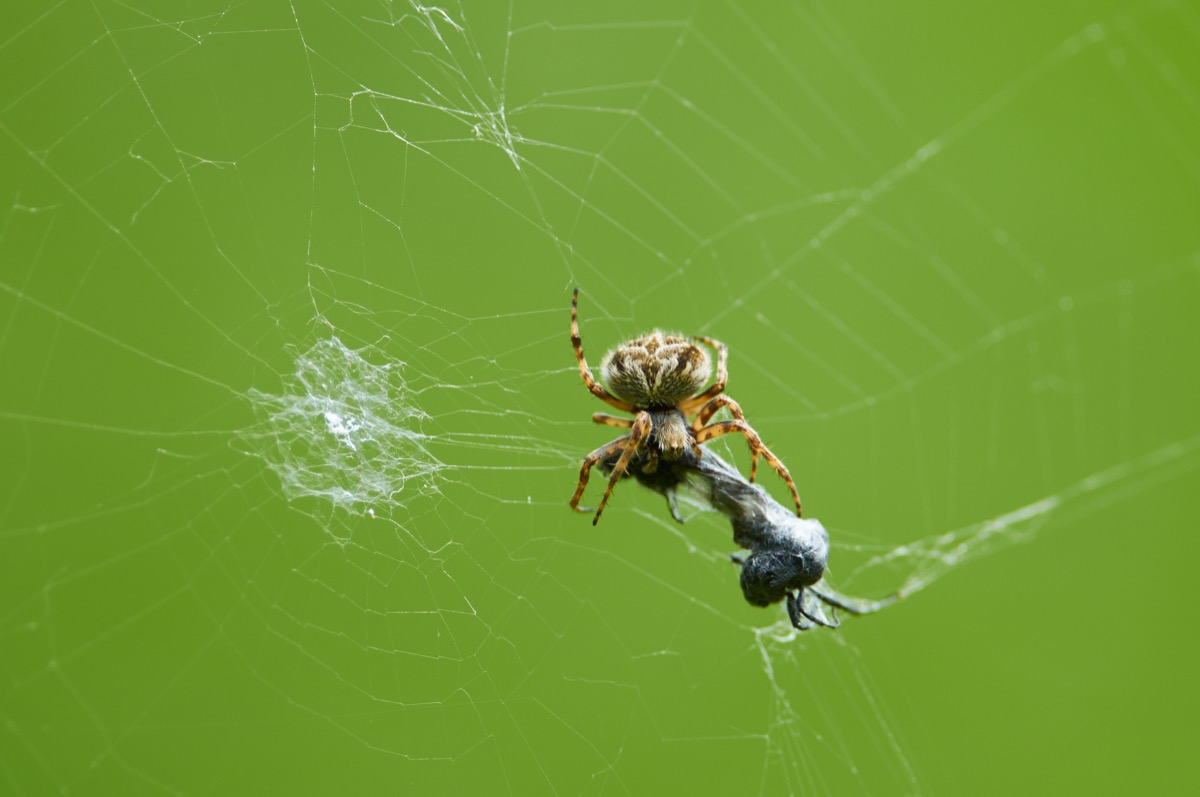
Once they've successfully captured their prey, spiders spit digestive enzymes onto their food and wait until it's liquid enough to be sucked up like a smoothie. In other news, good luck ever trying to drink a smoothie again.
16
And yet, spiders eat as much or more than we do.

When Swiss researchers set out to figure out exactly how much spiders consume, they determined that in any given year, all of the spiders in the world consume anywhere from 400 million to 800 million tons of prey. For comparison, the total world population eats approximately 400 million tons of meat and fish every year. Considering how small spiders are, that's no itsy-bitsy feat.
17
But really, spiders are practically insatiable.
![Spider Eating Prey in its Web {Spider Facts]](https://bestlifeonline.com/wp-content/uploads/sites/3/2019/01/spider-eating.jpg?quality=82&strip=all)
On average, the typical spider consumes 10 percent of its body weight in food daily. If a 200-pound man were to do this, he'd be consuming 20 pounds of food every single day. And for more crazy facts about Mother Nature, don't miss The 20 Weirdest Habits Animals Use to Keep Warm in Winter.
18
Some spiders eat fish.

What spiders lack in size, they make up for in strength and skill. For evidence of this, look no further than a 2014 study, which highlights 80 different instances in which semi-aquatic spiders successfully preyed on fish ranging from two to six centimeters in length.
19
There are spiders hiding in the water, too.
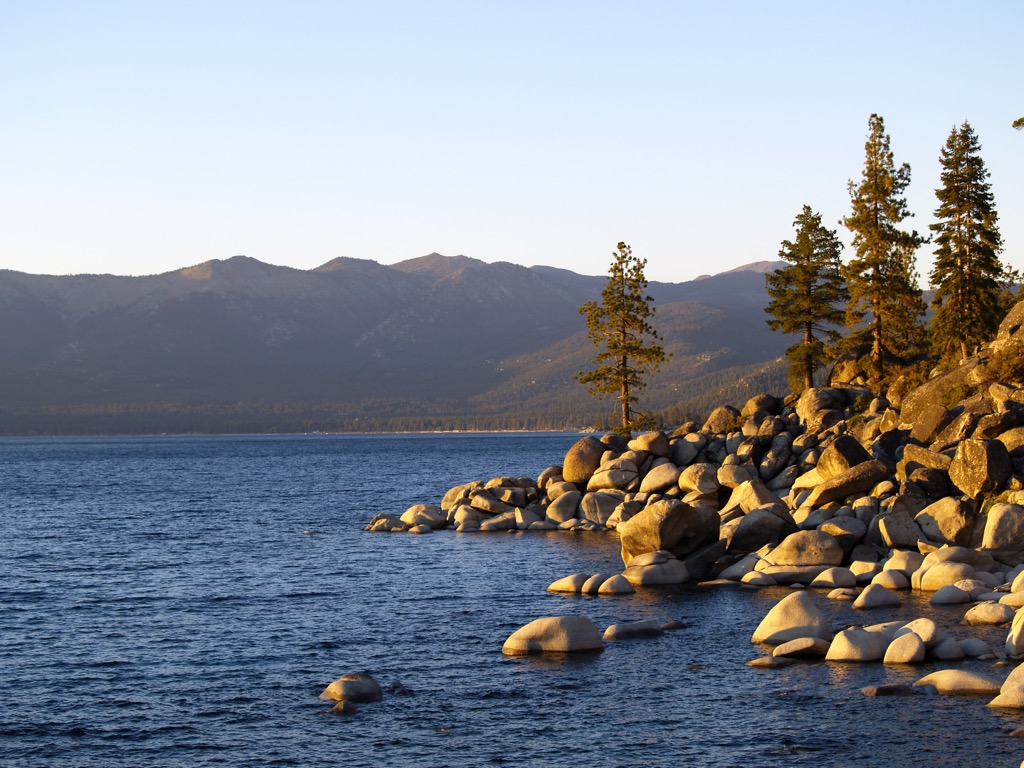
Yep, that brings us to this sad truth: You're not necessarily safe from spiders when frolicking around in a freshwater lake. There is one species of spider, known as Argyroneta aquatica (or the diving bell spider), that lives almost entirely underwater in both Europe and Asia.
Though the diving bell spider's bite has been described as uncomfortably painful for humans, there are few actual verified reports of these instances. So don't overly concern yourself with swimming spiders.
20
When a spider is done with its web, it eats it.
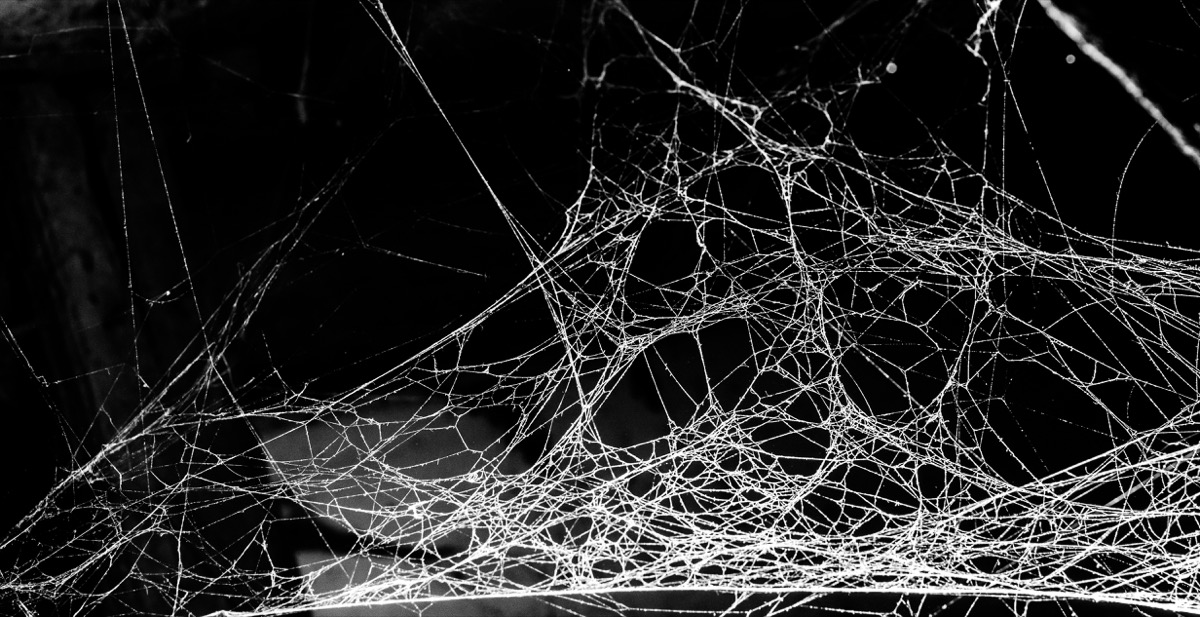
Individuals looking to live a more eco-friendly lifestyle should aim to lead by spiders' example. When spiders are done with their webs—usually after just a few days—they will eat the spun silk in order to replenish their supply for the next web. That's a few steps beyond tiny living.
21
Certain spider bites can make your blood cells burst.

In humans, the venom of Loxosceles reclusa—also known as the Brown Recluse spider—can cause hemolysis, which is red blood cell destruction. The bad news? There's currently no available treatment. The good news? Hemolysis is uncommon. So most people—even if they are bitten by a member of the Loxosceles genus—won't ever have to deal with it.
22
Male spiders give females dead insects in an effort to survive.
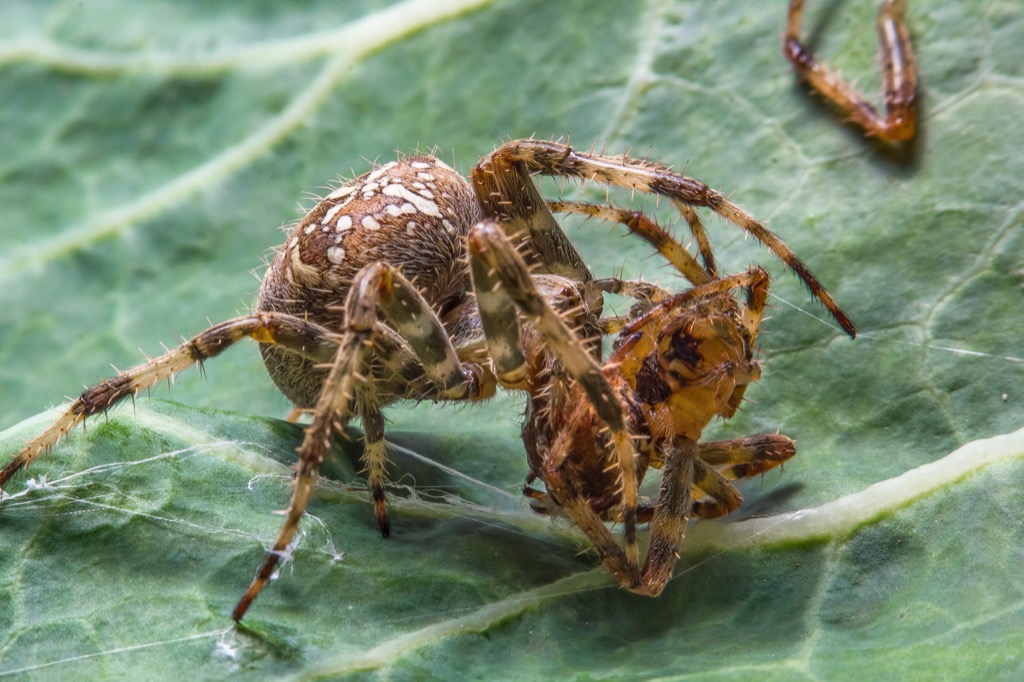
In an effort to court their love interests, male spiders will often give their female comrades gifts of dead insects wrapped in silky web. Actually, a more accurate description of these offerings would be "ransom payments" because female spiders who ended up with ungenerous partners were six times more likely to eat them after mating, according to one Biology Letters study.
23
Wolf spiders can run surprisingly fast.
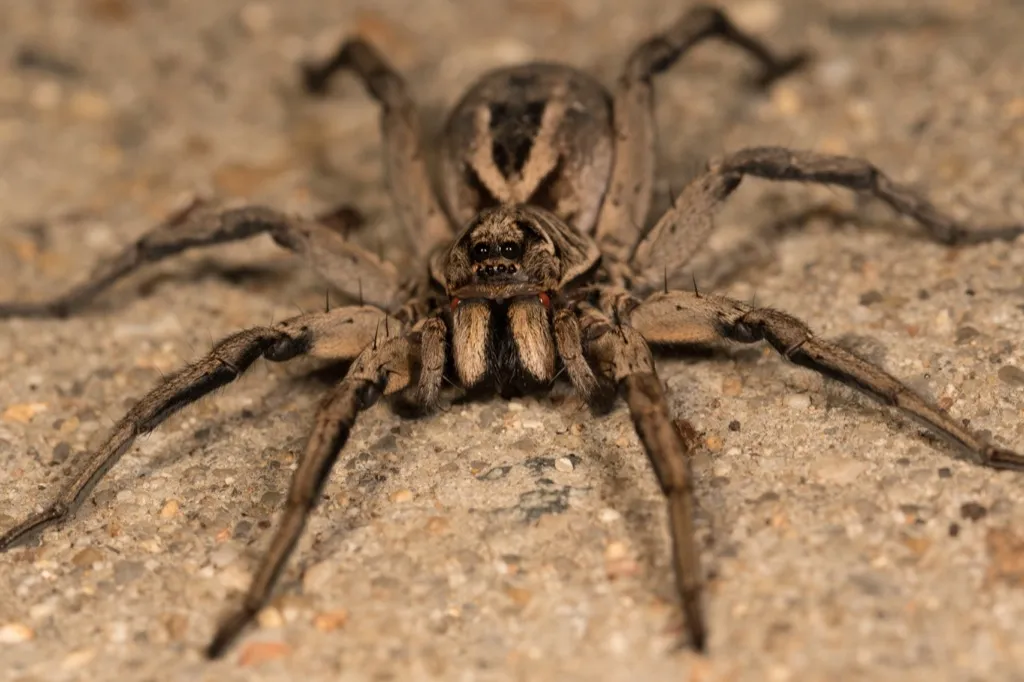
Forrest Gump has nothing on the wolf spider. These arachnids can cover up to two feet in just one second when they're at their fastest. (That's about 1.4 miles per hour!)
24
Spiders lay hundreds of eggs at once.

Though all spiders are different, the average house spider can lay hundreds, if not thousands, of eggs at once. When spiders reproduce, they house their eggs in several sacs, each of which holds hundreds of eggs inside of it.
25
Almost all spiders are venomous.
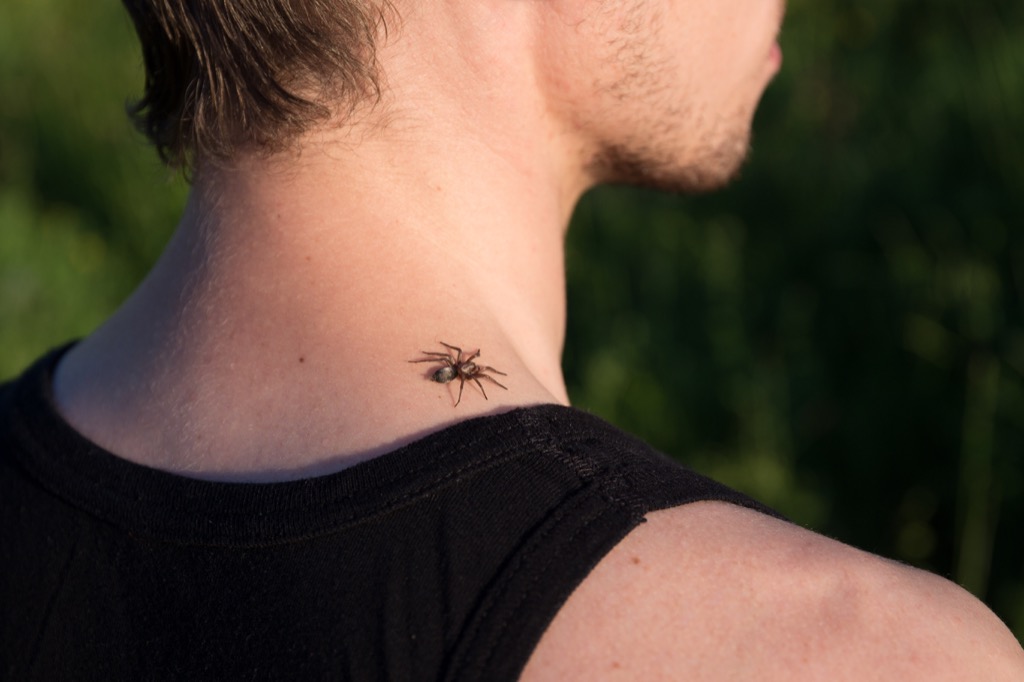
But that doesn't mean that their target is humans. Actually, only approximately 25 types of spiders are known to have venom with any sort of effect on humans—the rest simply use their poisons on their prey. And if you want to know what creatures to seriously be scared of, here are 30 Adorable Animals That Are Actually Deadly.
26
Pesticides don't work on spiders.

If you ever find yourself dealing with a spider infestation, do not try to use pesticides. Not only are spiders impervious to pesticides, but the arachnids tend to repopulate areas from which they have been previously eliminated. Whenever there are spiders scurrying around your house, the best thing to do is to set some sticky traps. Better yet, seal off any gaps and cracks in your doorways and windows so spiders can't get in in the first place.
27
Spiders can prey on bats, too.
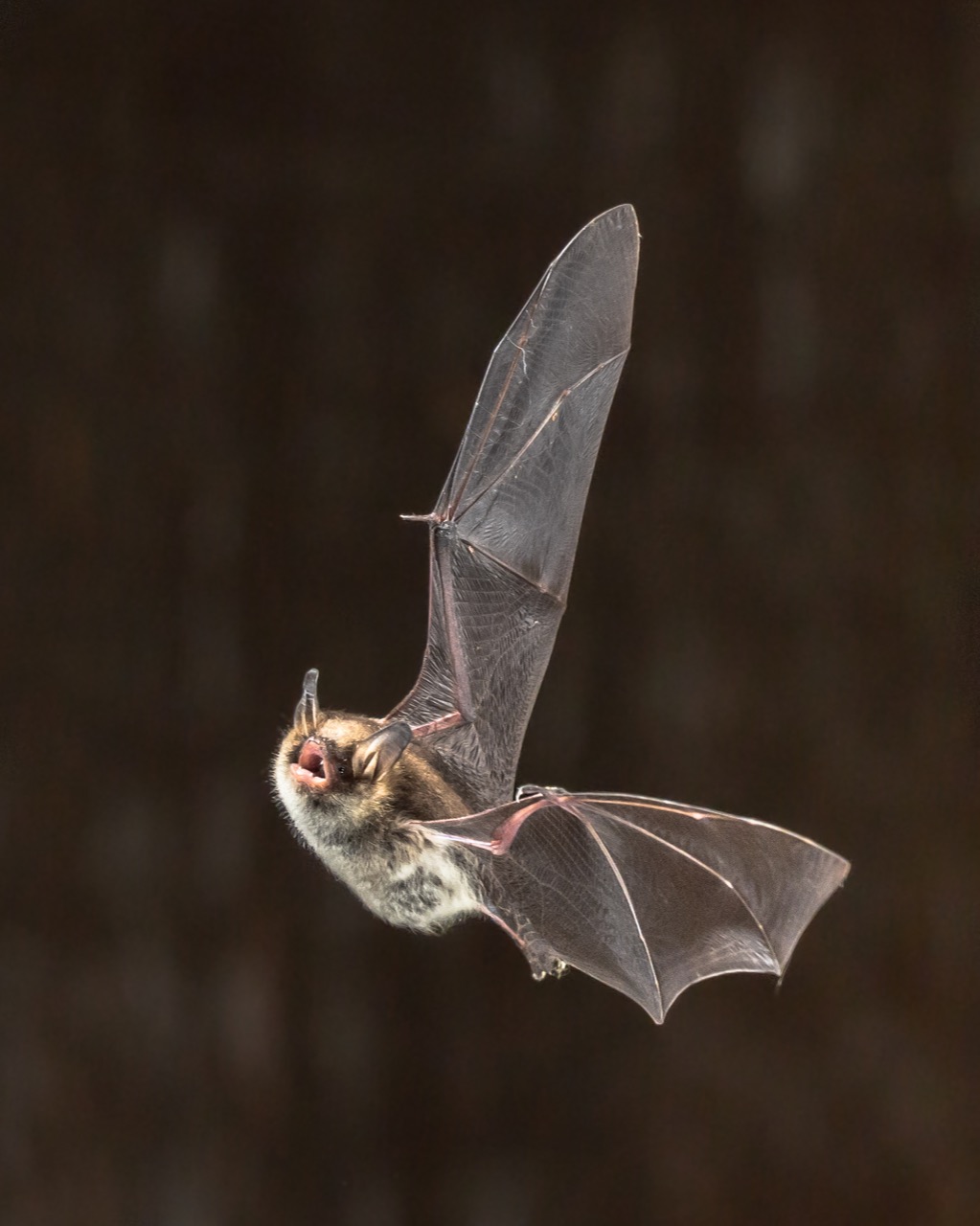
Somehow spiders are able to capture animals as large as bats, and it's more common that you'd think. One study analyzed 50 incidences in which spiders successfully consumed bats. Researchers concluded that "bat-catching spiders have been reported from virtually every continent with the exception of Antarctica." Antarctica's looking better every second.
28
Climate change is making spiders bigger.
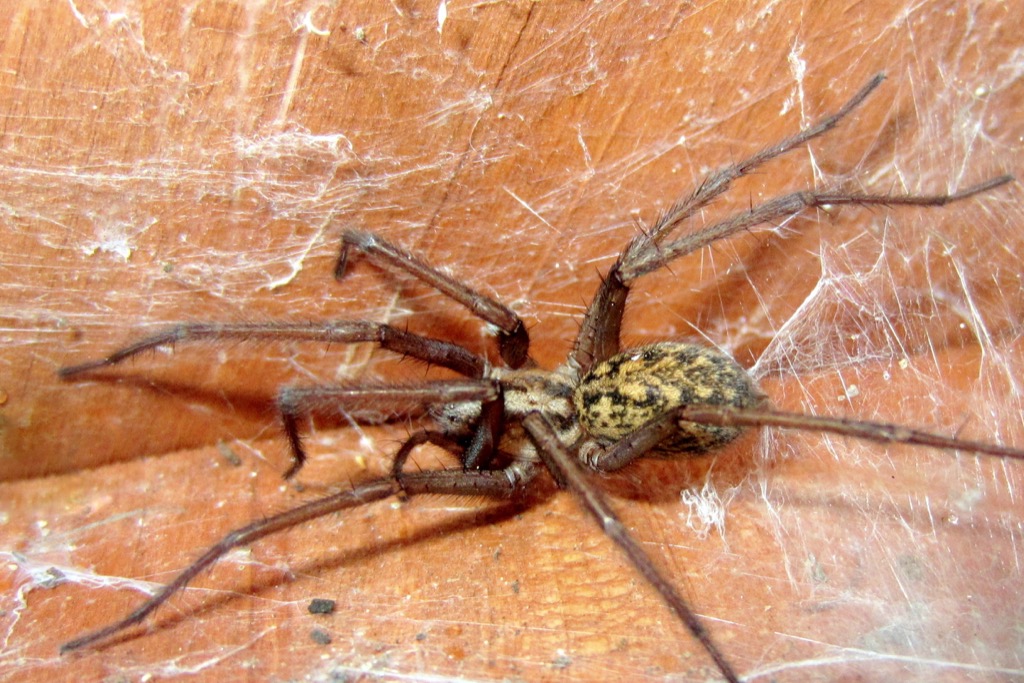
Climate change isn't just affecting humans. Per one study published in Biology Letters, the warmer climate in the Arctic has led to larger spiders in the region, as well as more frequent mating. Gross.
29
The world's oldest spider lived to be 43.

This year, the world's oldest known spider died after living a staggering 43 years. What's even more shocking is that the Australia-based female trapdoor tarantula didn't die of old age, but rather from a wasp sting. The bug world is brutal.
30
Female spiders will sacrifice themselves for their young.
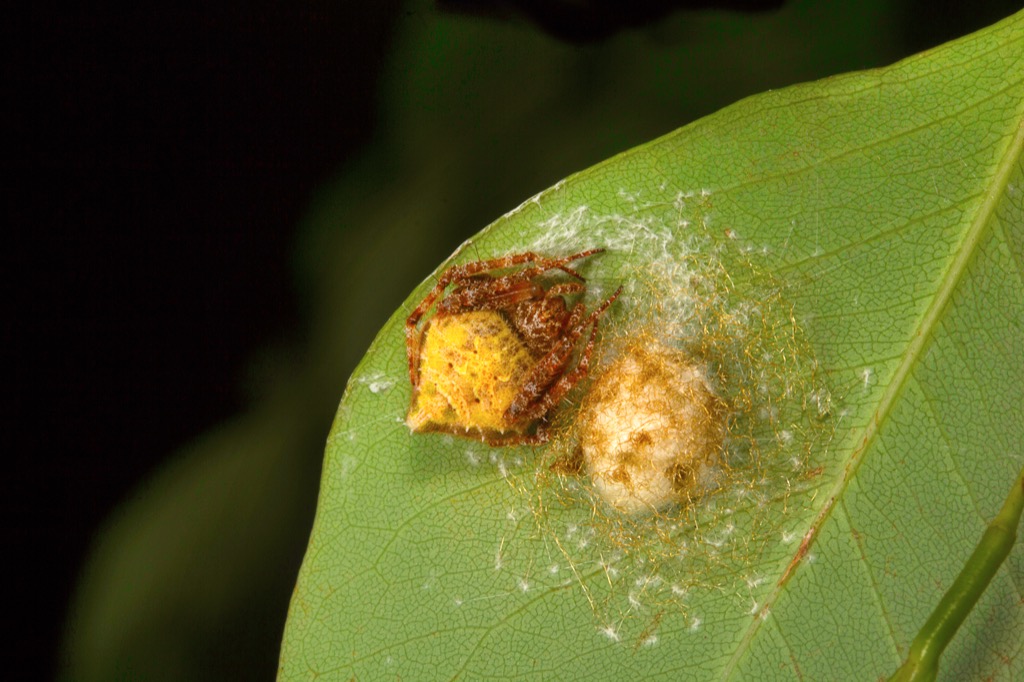
Female spiders take their jobs as mothers very seriously, even when they aren't the biological parent of a child. For example, all the female spiders in a colony of one South African species (called Stegodyphus dumicola) work together to tend to the young. Motherless spiders will go so far as to sacrifice themselves while feeding just to ensure that the children have enough food.
31
Spiders' brains are huge.

Spiders have such big brains that sometimes they will ooze into the arachnid's body cavities. In fact, according to one study published in Arthropod Structure & Development, some tiny spiders have central nervous systems that occupy as much as 80 percent of the space in their bodies. Typically, the smaller the spider, the larger (and more invasive) their brain.
32
Some spiders look like ants.
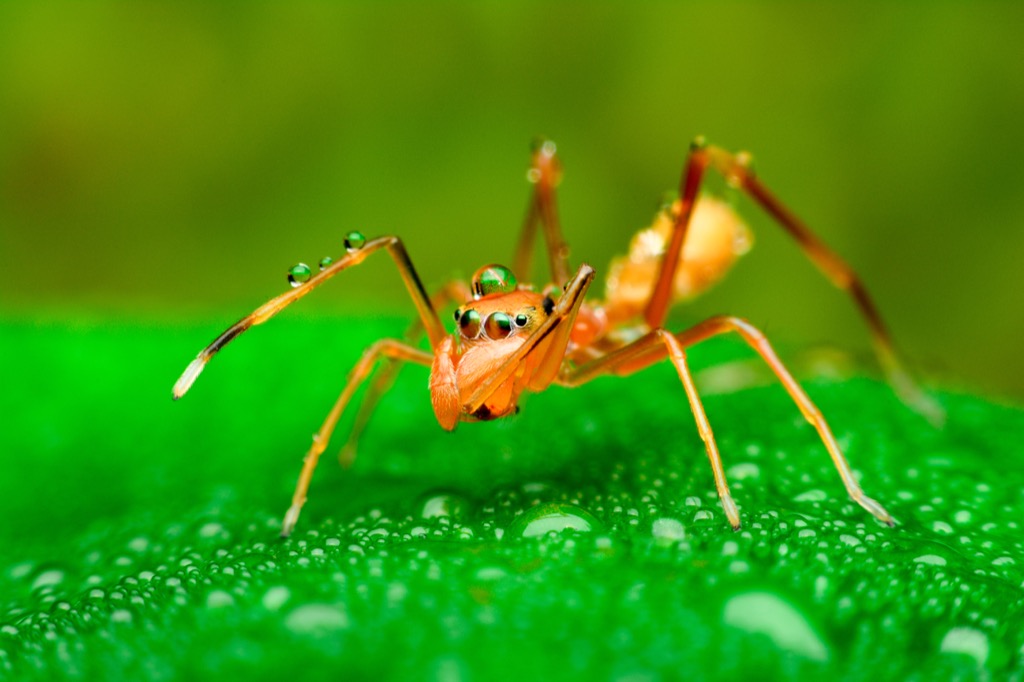
Not all ants are what they seem. Members of the spider genus Myrmarachne disguise themselves to look like ants in order to hide amongst their prey. That kind of mimicry is actually seen in quite a few species, but it's crazy and creepy nonetheless.
33
Spiders are not insects.

Insects are characterized by their six legs and three main body parts. Spiders, however, walk on eight legs, thus putting them in the "arachnids" group rather than the "insects" one. Don't feel bad if you didn't know this, though: Even Marvel referred to the arachnids as insects in one of the very first iterations of the Spider-Man comics. And for more startling trivia, don't miss these 40 Amazing Facts About Airplanes That Will Make Your Mind Soar.
To discover more amazing secrets about living your best life, click here to follow us on Instagram!





















